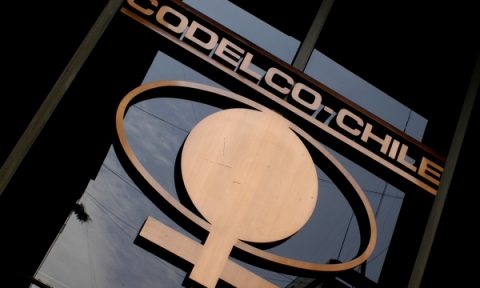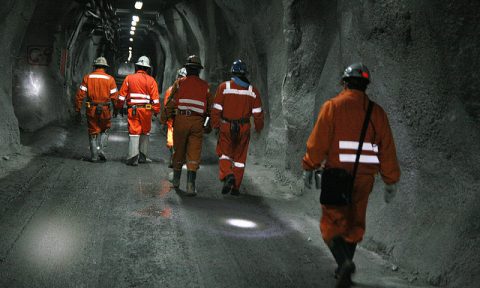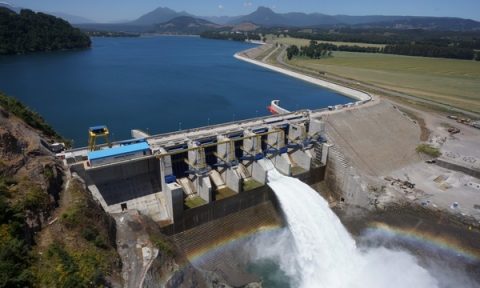Among mining countries, Congo’s electricity is more expensive than Chile
In Peru is half that in our country, and in Canada is even cheaper
Chile is a middle-income country, which is on track to development, political institutions has earned him international recognition. The Democratic Republic of Congo is the poorest country in Africa, after being a personal property of the monarch Leopold II of Belgium, had a troubled political life, with two world wars in the twentieth century. What do they have in common?.
They are the two mining countries with the highest electricity in the world. In Congo, each kilowatt produced costs 14.1 cents, while in Chile worth 12.1 cents, according to a study by Wood Mackenzie, the International Energy Agency and McKinsey among the top 11 mining countries.
This comparison is unseemly, because, not being sufficient to hold the title bleak produce one of the world’s most expensive electricities, local rates are much higher than those of countries that compete directly with geographical proximity Chile. They are twice than the ones from Peru, our closest contender, and 140% more than Canada. Argentina and Mexico also have substantially lower prices that Chileans.
“The Chilean electricity sector has been too slow to adapt efficient supply based on demand,” says the former executive secretary of the National Energy Commission (CNE), Maria Isabel Gonzalez. Offer-efficient is that they can generate –detailed- all the time and at reasonable cost, ie “reservoir and hydroelectric power plants to coal or natural gas.”
The scarcity of this generating capacity is due to major electrical projects are rejected by different interest groups.
According to information from the Environmental Assessment Service (SEA) in the current government have approved 2,488 megawatts (MW) of energy-basis ie excluding non-conventional energy projects HydroAysén and Castilla, being paralyzed-, This represents a drop of four times compared to that recorded between 2006 and early 2010, during which they gave the green light to 10,567 MW in conventional sourcing initiatives.
As the country still needs energy at a rate of 5-6% more per year, have installed many emergency equipment, such as diesel power, which cost is very high.
“This scenario is convenient for the government, since the probability of rationing is low and, therefore, there is no political cost,” he says. Also for the utilities, that due to the marginal cost schedule, where the cost of raw plant produce more expensive the system-ie, diesel-, charge more, says Gonzalez.
The Mining Council report does see that oil generation is responsible for 20% of the country’s energy.
Then there is a transmission set, due to lack of planning and short-term criteria, which prevents the entry of new players and, therefore, limits competition, adds the former head of the CNE. Among mining countries, Chile is the one that has raised their rates, on the order of 11% annually since 2013.
Congo: only 7% of the population has electricity
Electricity in Congo is expensive because it is very low: only 7% of the population has access to electricity and 98% of the energy comes from a single plant, the Congo River hydropower.
In this African country, seven out of ten people are poor and life expectancy is 56 years. According to Ricardo Muhr, Vice President of Antofagasta Minerals mineral resources, who has visited the African country, said that the portrayal of him did by Mario Vargas Llosa’s in his novel “The Dream of the Celt” is quite accurate. In other words, it remains a country of great institutional instability, with severe internal tensions, but very rich in natural resources.
Congo has abundant coal and oil reserves, but due to their internal conflicts made it impossible to exploit.
Source: El Mercurio












